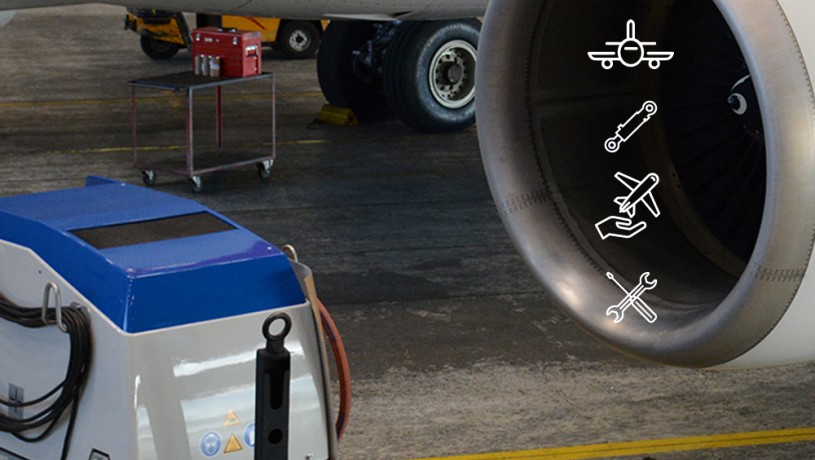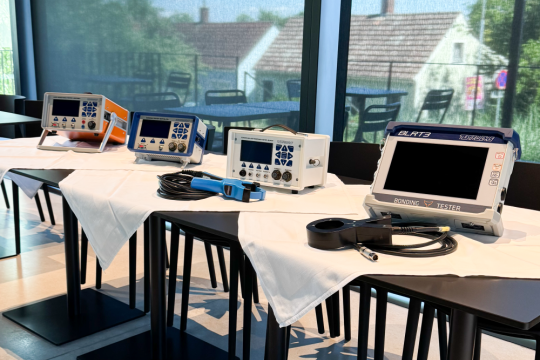We celebrate 1000 Bonding- and Loop Resistance Testers!
Over the past two decades, we've sold more than 1000 electrical test devices - making a significant contribution to maintaining the safety and reliability of electrical systems in aviation.
With the sale of the 1000th device, we celebrate the outstanding work of our team and the trust our customers continue to place in us.
Whay are bonding- and loop resistance tests important?
Modern aircraft are equipped with “fly-by-wire” systems, where pilot commands are processed by computers and relayed to actuators that keep the aircraft stable in flight. These highly sophisticated systems are exposed to a variety of environmental influences - such as static electricity, lightning strikes, temperature fluctuations and humidity.
That’s why it’s crucial to regularly check the electrical conductivity of mechanical connections in aircraft. These tests ensure reliable bonding between individual components and a sufficient electrical path through the aircraft structure (loop resistance) in the event of a lightning strike or other electrical disturbances.
Bonding Testers measure the ohmic resistance between two defined points. This resistance should be as low as possible to allow static electricity or lightning to be safely discharged into the atmosphere - minimizing the risk of damage.
Loop Resistance Testers measure the total impedance of an electrical circuit (or "loop"). In aircrafts, these loops are formed by the metallic structure (such as frames and stringers) and the integration of all connected components. Measurements ensure that the current path remains low enough in the event of a lightning strike to prevent damage. A typical example is testing conductivity between different sections of a hydraulic line that are connected to the aircraft structure at several points.




